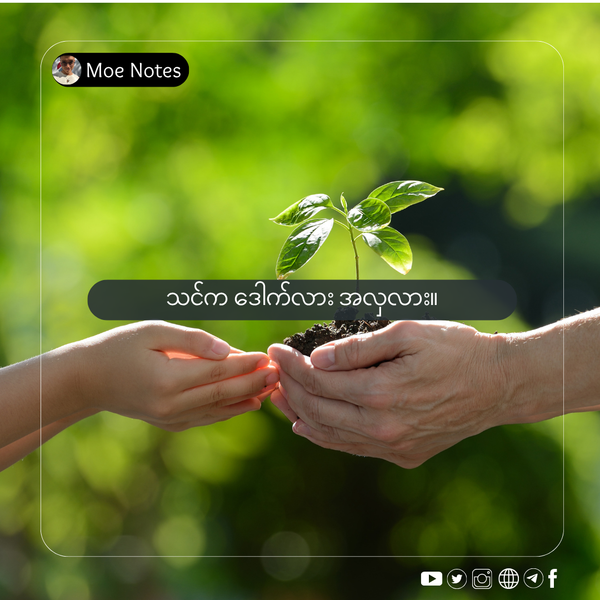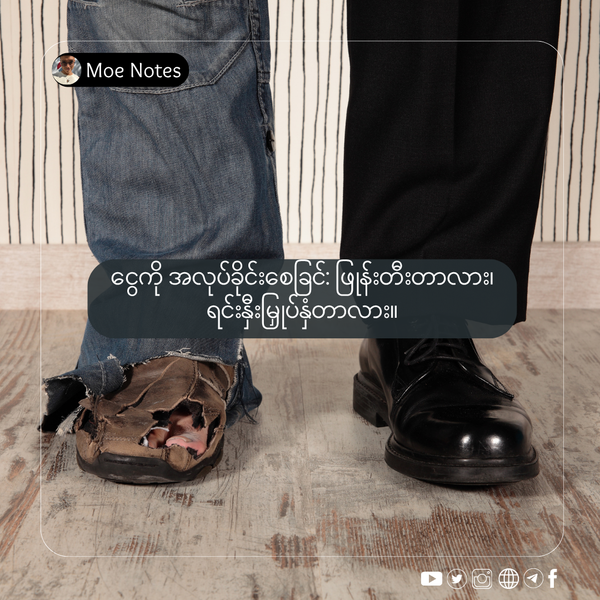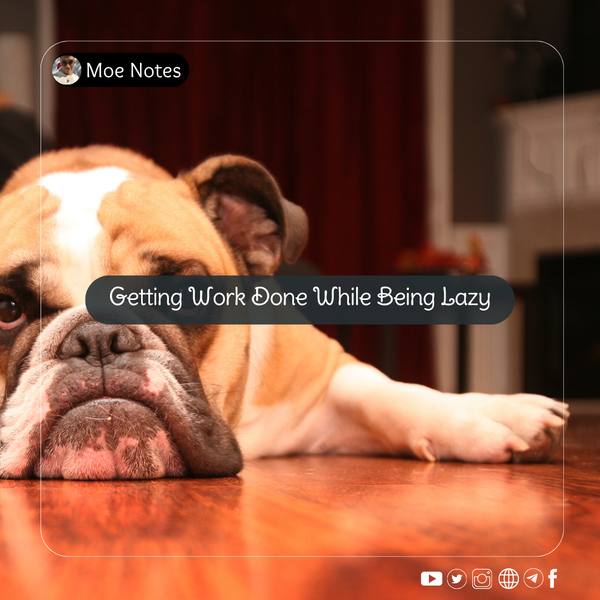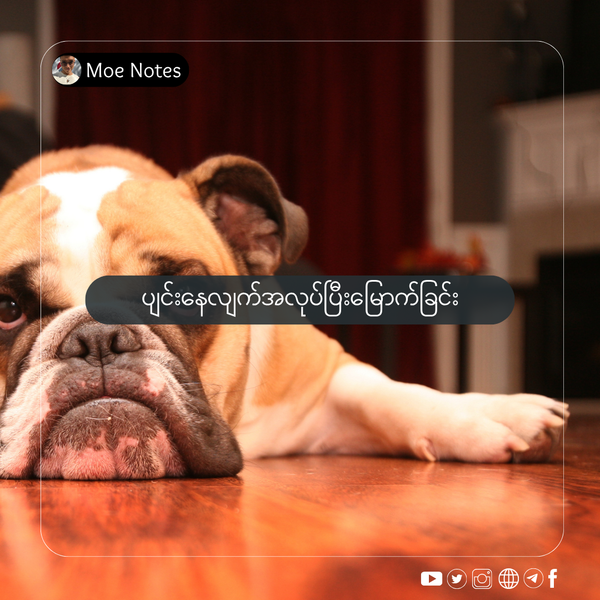The Art of Booking a Flight for Burmese Students to the UK
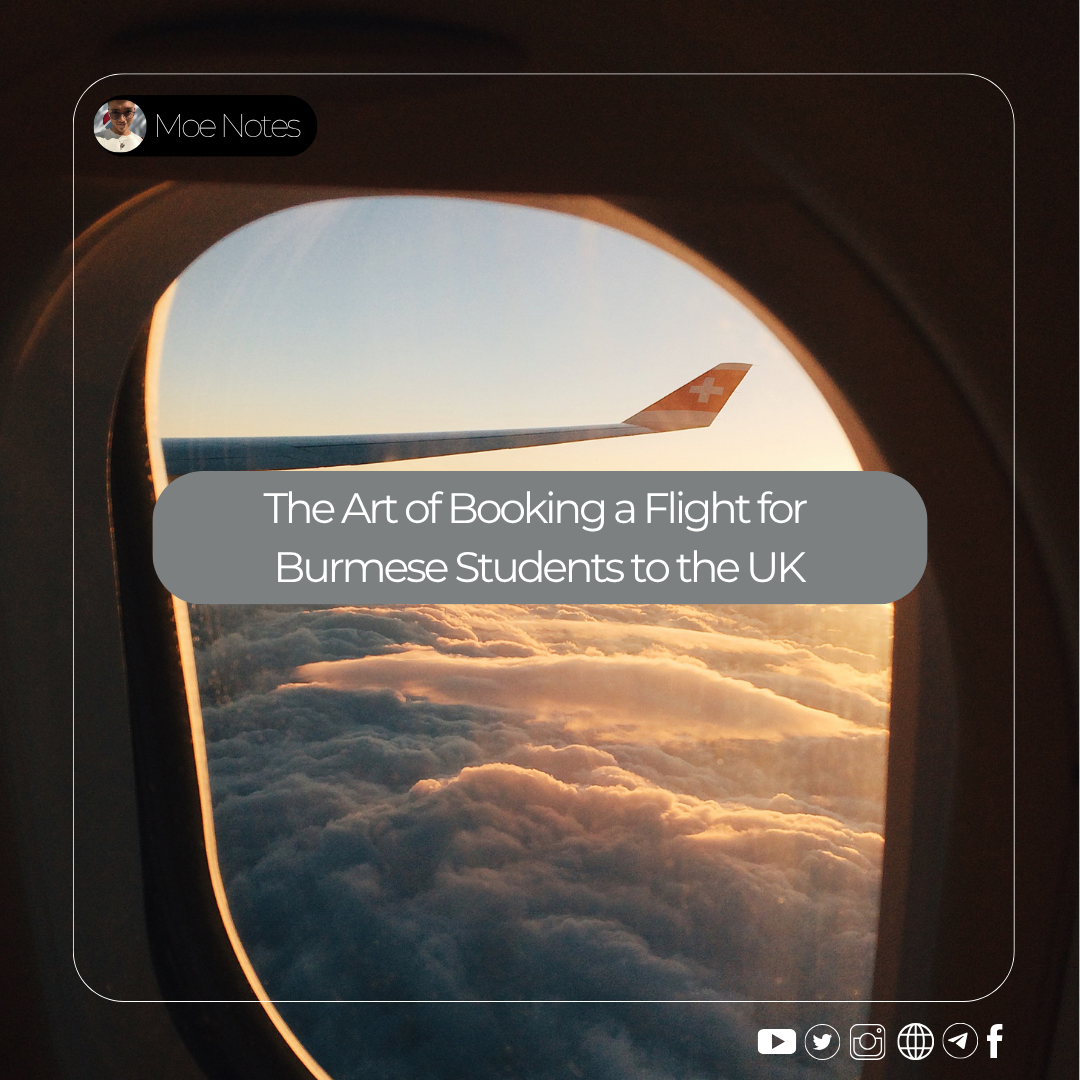
This article is also available in [Burmese]
In the time before I came to the UK, I was consumed by stress. Unnecessary stress. I was so focused on what to pack, agonizing over every kilogram of luggage, that I forgot about the most important thing.
The truth is, the most critical items are your essential documents for university, your passport, flight ticket, some cash, and a few changes of clothes. Almost everything else can be bought here.
Today, I want to share a detailed guide on one of those truly essential items: the art of booking your flight. This is based on my own experiences and the lessons I learned the hard way.
Part 1: The Pre-Booking Checklist
Before you even start searching for flights, you need to have this information ready:
- Your Confirmed Date of Travel: This is the most important factor. Based on your course start date (from your CAS letter), you need to know the exact date you can move into your accommodation.
- Your Destination Airport: In the UK, London Heathrow (LHR) is the largest and most common airport. However, if your university is in Manchester, it might be more convenient to fly directly to Manchester (MAN).
- Your Accommodation Address: While you don’t need this to book the flight, the immigration officer at the UK border will ask where you are staying, and you will need to show your accommodation booking confirmation. Do not book your flight until your accommodation is confirmed.
Part 2: The Art of Timing
Flight prices are like the stock market. They can change not just from day to day, but from hour to hour.
When to Buy:
- The Sweet Spot: For international flights, the best time to buy is typically between 2 and 3 months before your travel date.
- Buying Too Early: Booking 6 months in advance is not always the cheapest option. Airlines often haven’t finalised their pricing that far out.
- Buying Too Late: Booking at the last minute is the worst thing you can do for your wallet. I had to do this because my visa was delayed, and it cost me hundreds of pounds more.
When to Fly:
- The Cheapest Days: Generally, flying in the middle of the week (Tuesday, Wednesday) is cheaper than flying on a weekend.
- The Best Time for Students: Most UK universities start in mid-September. The best time to arrive is in the first or early second week of September. This gives you enough time to overcome jet lag, settle into your accommodation, and familiarise yourself with the city before classes begin.
Part 3: Choosing Your Airline & Transit
There are no direct flights from Yangon to the UK, so you will have to transit through another airport.
Types of Airlines:
- The Budget Route:
- Examples: China Eastern, China Southern Airlines.
- Pros: The prices are very low.
- Cons: Layovers can be very long, the service might not be the best, and you need to be very careful to check if a transit visa is required.
- The Mid-Range Balance:
- Examples: Singapore Airlines, Thai Airways, Emirates, Qatar Airways, EVA Air.
- Pros: The service is excellent, the transit airports are clean and have great facilities, and they usually offer “check-through” luggage (meaning you only have to pick up your bags at your final destination).
- Cons: The price is higher.
- “Student Privilege” Airlines:
- Most major airlines like Singapore Airlines and Emirates offer an extra baggage allowance (usually an extra 10kg) for students. To get this, after you’ve booked your ticket, you need to go to their website or a local office and request it by showing proof of your student status (your CAS letter or Student ID).
The Best Transit Airports:
- Singapore (Changi - SIN): One of the best airports in the world. With its waterfalls, cinemas, and gardens, even an 8-hour layover won’t be boring.
- Dubai (DXB) / Doha (DOH): The major hubs of the Middle East. They are clean, modern, and have endless options for shopping and dining.
- Bangkok (BKK): Very convenient for travellers from Myanmar. If you have time, spending a night or two in Thailand before continuing your journey is also a great idea.
Part 4: Hacks & Tricks
- Use Flight Comparison Websites: Websites like Skyscanner, Google Flights, and Kayak allow you to compare prices from all airlines in one place. However, I recommend using these sites for research only, and then booking directly on the official airline website for more security.
- Use Incognito Mode: When you search for flights repeatedly, websites use cookies to track your activity and can sometimes show you higher prices. Always search in an Incognito or Private Browse window.
- Be Flexible with Your Dates: Sometimes, flying one day earlier or one day later can save you hundreds of pounds.
- Agent vs. Booking Yourself: Booking yourself gives you more control and options. However, a good agent can sometimes find better deals and can be very helpful if any problems arise with your flight.
Part 5: The Essential Survival Kit for Long-Haul Flights
The journey from Myanmar to the UK is a long-haul flight, often lasting over 15 hours. This isn’t just a trip; it’s an endurance test. To survive it comfortably, these items are essential for your hand luggage.
The Difference Between Long-haul and Short-haul:
- A short-haul flight is under 3-4 hours (e.g., London to Paris). It’s like taking a bus; you don’t need much preparation.
- A long-haul flight is over 7 hours, often intercontinental. Preparation is key.
Your Survival Kit:
- For Comfort:
- Neck Pillow: Essential for sleeping on the plane.
- Eye Mask & Earplugs: To block out light and noise.
- Noise-Cancelling Headphones: The best investment you can make for creating your peaceful world.
- A Warm Hoodie: The plane’s air conditioning can be colder than you expect.
- Compression Socks: To help with blood circulation and prevent swelling in your legs during a long flight.
- For Hygiene:
- Toothbrush and Toothpaste: Brushing your teeth before you land will make you feel infinitely more refreshed.
- Face Wipes and Moisturiser: The air on a plane is incredibly dry. You need to hydrate your skin.
- Lip Balm: To prevent chapped lips.
- A Change of Clothes: Changing into a fresh t-shirt when you land will make you feel like a new person.
- For Entertainment & Power:
- Power Bank: For your phone and other devices.
- Universal Travel Adapter: For charging your devices at transit airports.
- Downloaded Content: Download movies, podcasts, and music in advance. Do not rely on the in-flight Wi-Fi.
Part 6: The Journey Itself
Arrive at the Airport Early: For an international flight, you should arrive at least 3 hours before your departure time. Check-in and immigration can take a long time.
- Be Mindful of Your Transit Time: Choose a flight with at least a 3-hour layover. This gives you a buffer in case your first flight is delayed.
- Arrive in the UK During the Day: Choose a flight that lands at your UK airport, for example, London Heathrow, around noon. This ensures that after you clear immigration and collect your luggage, it will still be daylight, and public transport will be fully operational. Arriving in the middle of the night can be a nightmare, as there may be no public transport, and you could be forced to pay for an expensive taxi.
Conclusion
In the end, booking a flight is not just a simple purchase. It’s a strategic decision that can determine how well your entire journey to the UK begins. I hope this guide helps you start your journey on the right foot.
